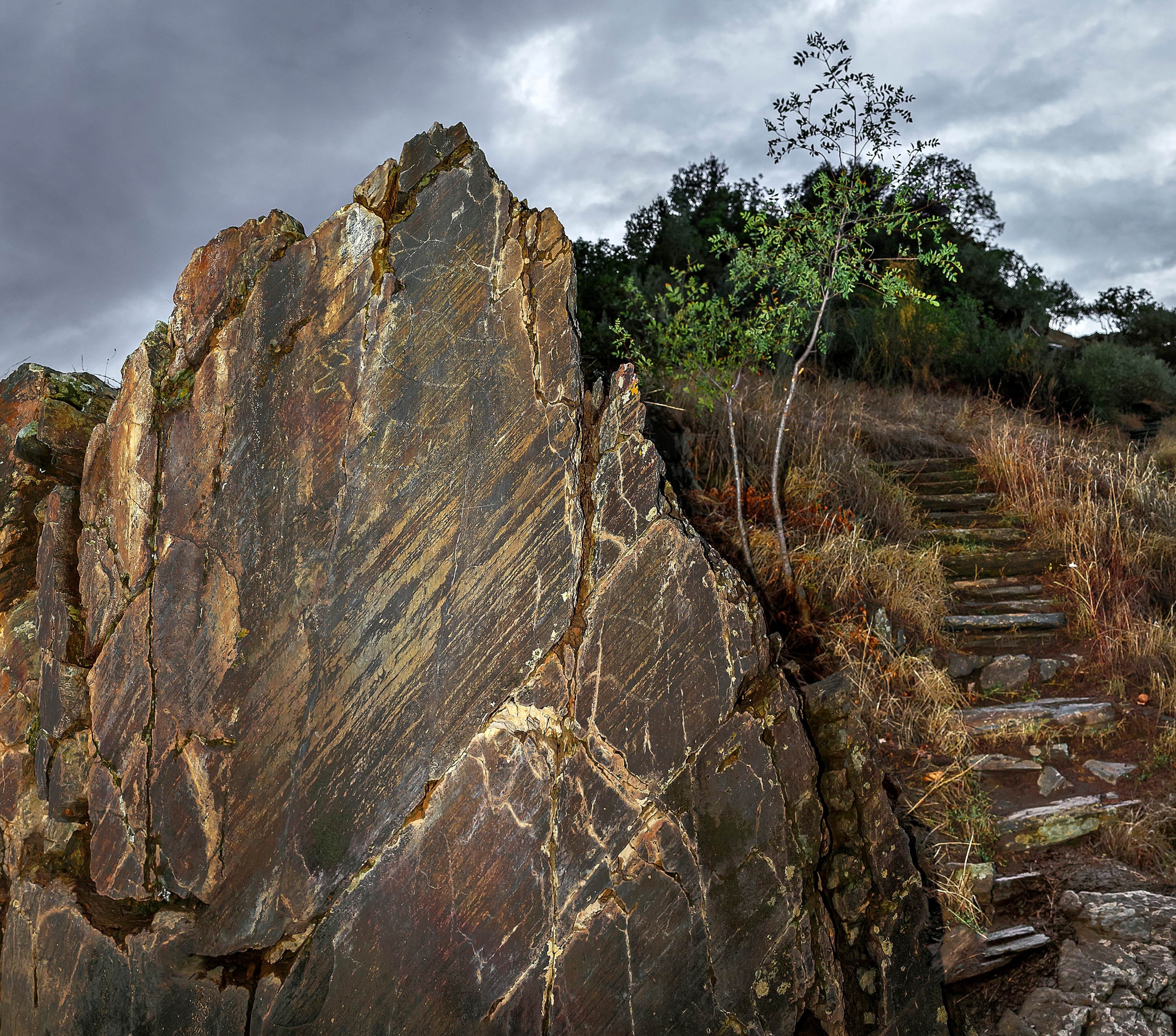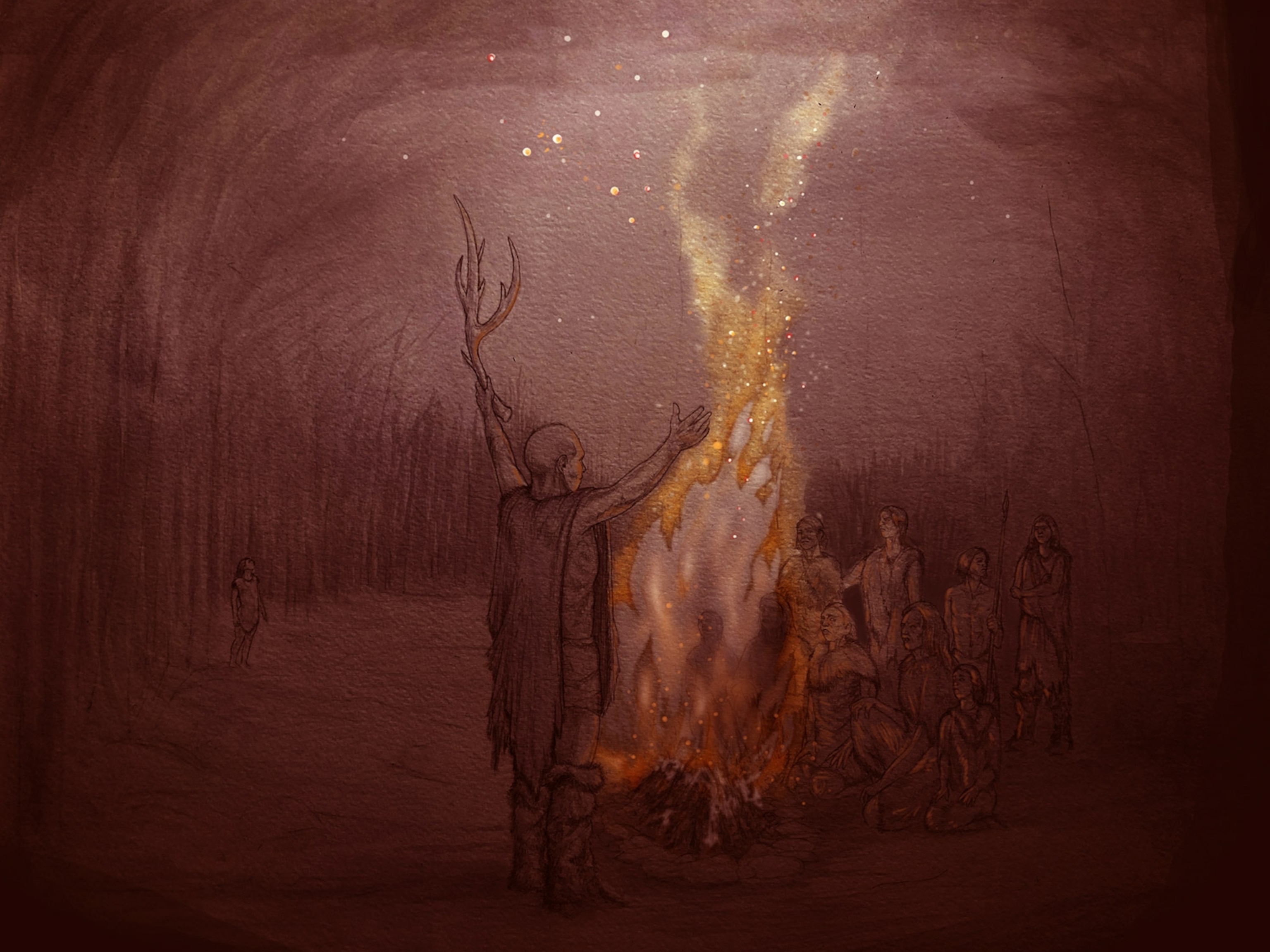Discover 3 Incredible Cave Art Sites in Europe
Go for the art, stay for the beauty of these regions.
Paleoanthropologist and Nat Geo Emerging Explorer Genevieve von Petzinger descends into ancient caves to study Ice Age art. Standing in front of a painting made some 20,000 years ago, she says, “bridges the gap of time.” How about rock-art sites as destinations? Von Petzinger, author of The First Signs: Unlocking the Mysteries of the World’s Oldest Symbols, recommends making tracks to these three Ice Age hot spots, all in Europe.
Dordogne, France
This area in southwest France has multiple caves with well-preserved Ice Age art, including the famed Lascaux Cave. Two von Petzinger picks are near the village Les Eyzies-de-Tayac: Les Combarelles, with engravings of animals and human figures, and Font-de-Gaume cave, with colorful rock paintings. Don’t miss Rouffignac Cave’s drawings of mammoths.
Cantabria, Spain
El Castillo Cave holds some of the oldest cave art in Europe, including dozens of red handprints that date back more than 30,000 years, some made by Ice Age women and children. Pro tip: The cave can be slick; wear shoes with good traction. Afterward visit two notable Cantabrian museums that illuminate cave art: Altamira Museum and the Museum of Prehistory and Archaeology.
Côa Valley, Portugal
East of the city of Porto, this river valley is one of the best places in Europe for open-air Paleolithic rock art. Book a guided tour in a 4x4 to explore a plateau little changed since the Ice Age. View engraved images on hundreds of rock faces. “It’s like visiting Jurassic Park,” von Petzinger says. Also a must: the Côa Museum, which traces the valley’s history.
(Humans in California 130,000 Years Ago? Get the Facts)
- National Geographic Expeditions
Genevieve von Petzinger is a paleontologist and National Geographic Emerging Explorer.








